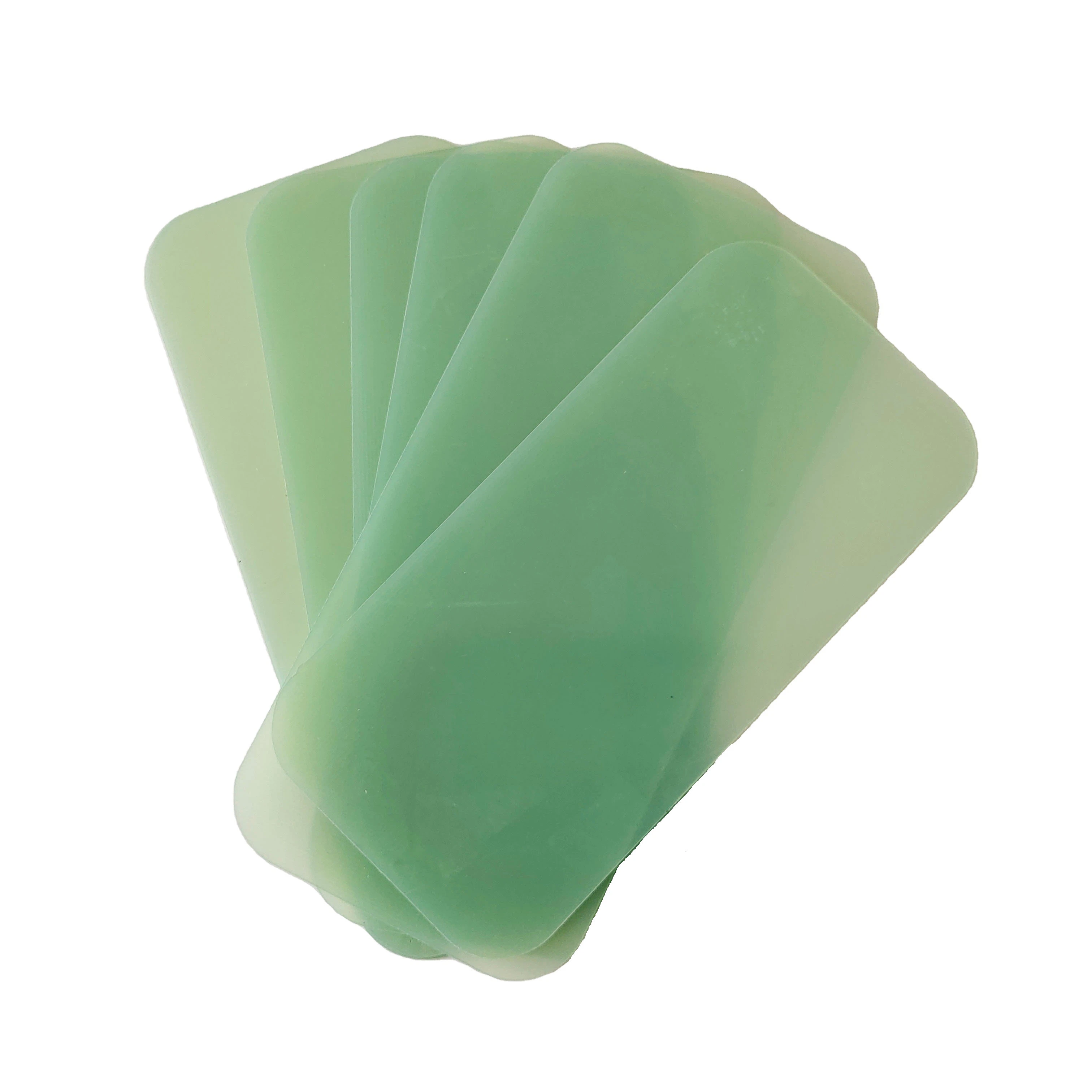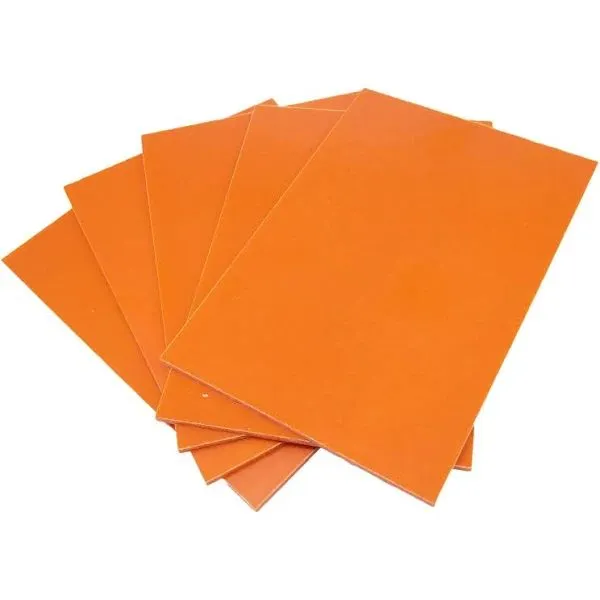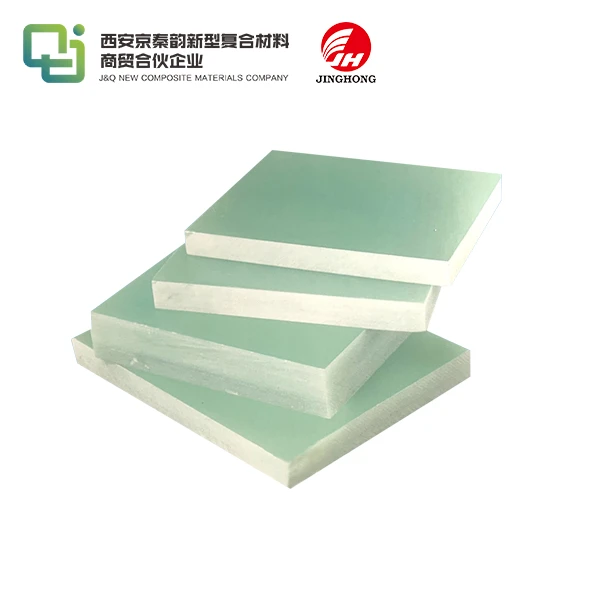What is epoxy casting resin?
2024-10-29 16:26:48
Epoxy casting resin is a versatile and powerful material that has revolutionized various industries, from manufacturing to art and crafts. This remarkable substance offers a unique combination of strength, durability, and aesthetic appeal, making it an indispensable component in countless applications. In this comprehensive guide, we'll delve into the world of epoxy casting resin, exploring its properties, uses, and why it has become such a popular choice for professionals and hobbyists alike.
The Fundamentals of Epoxy Casting Resin
At its core, epoxy casting resin is a two-part polymer system consisting of a resin and a hardener. When these components are mixed in the correct proportions, a chemical reaction occurs, resulting in a solid, durable material. This process, known as curing, transforms the liquid resin into a robust, crystal-clear substance that can be molded, shaped, and colored to suit a wide range of applications.
Chemical Composition and Properties
The chemical makeup of epoxy casting resin is primarily based on epoxide functional groups. These molecular structures contribute to the material's exceptional strength and resistance to environmental factors. The resin component typically contains epoxide monomers or oligomers, while the hardener consists of various amines or anhydrides that initiate the curing process. Some key properties of epoxy casting resin include:
- High tensile strength
- Excellent adhesion to various substrates
- Low shrinkage during curing
- Superior chemical and heat resistance
- Exceptional clarity and UV stability
Types of Epoxy Casting Resins
There are several types of epoxy casting resins available, each tailored to specific applications:
- Low-viscosity resins: Ideal for intricate molds and detailed castings
- High-performance resins: Engineered for industrial applications requiring extreme durability
- UV-resistant resins: Designed for outdoor use and prolonged sun exposure
- Fast-curing resins: Perfect for projects that demand quick turnaround times
- Flexible resins: Offering enhanced impact resistance and pliability
The Curing Process Explained
The curing process is a crucial aspect of working with epoxy casting resin. It involves several stages:
- Mixing: Combining the resin and hardener in the correct ratio
- Gel time: The period during which the mixture remains workable
- Initial cure: The resin begins to harden but is still somewhat soft
- Final cure: The resin reaches its maximum strength and hardness
Understanding these stages is essential for achieving optimal results in your epoxy casting projects.
Applications and Uses of Epoxy Casting Resin
The versatility of epoxy casting resin has led to its adoption across a wide range of industries and applications. From industrial manufacturing to artistic endeavors, this remarkable material continues to find new and innovative uses.
Industrial and Manufacturing Applications
In the industrial sector, epoxy casting resin is vital across numerous applications. It provides excellent electrical insulation by creating protective coatings for electronic components, ensuring reliability and safety. In the automotive industry, it is used to manufacture lightweight yet durable parts, enhancing vehicle performance. The aerospace sector benefits from high-performance composites for aircraft structures, while the marine industry relies on epoxy for resilient boat hulls and waterproof coatings. Additionally, in construction, it serves as a key ingredient in formulating high-strength adhesives and sealants, contributing to structural integrity and durability.
Artistic and Creative Uses
The clarity and moldability of epoxy casting resin have made it a favorite among artists and crafters alike. In jewelry making, it allows for the creation of unique, durable pieces that can incorporate embedded objects like flowers or gemstones. Artists use it for resin art, producing stunning paintings and sculptures that showcase depth and dimension. Additionally, it’s popular in furniture design for crafting one-of-a-kind tables and decorative items. Epoxy is also excellent for preserving objects, encapsulating them for display or protection, and empowers hobbyists in DIY projects to create custom items and perform repairs with ease.
Specialized Applications
Epoxy casting resin has become essential in various specialized fields. In scientific research, it is used to preserve biological specimens and create durable microscope slides. Architects rely on it for building detailed, resilient scale models that showcase their designs. In the medical field, epoxy aids in developing comfortable, custom-fit prosthetic limbs. It also plays a crucial role in restoring and preserving historical artifacts, while in product development, it is employed to create functional prototypes, allowing for effective testing and refinement.

Working with Epoxy Casting Resin: Tips and Techniques
To achieve the best results when working with epoxy casting resin, it's essential to follow proper techniques and best practices. Whether you're a seasoned professional or a curious beginner, these tips will help you make the most of this versatile material.
Preparation and Safety
Before embarking on any epoxy casting project, proper preparation is essential to ensure safety and success. Begin by working in a well-ventilated area to minimize the risk of inhaling harmful fumes. Equip yourself with the right personal protective gear, including gloves and eye protection, to safeguard against spills and splashes. It's also important to tidy your workspace, ensuring it is clean, dry, and free of dust. Gather all your tools and materials beforehand, and take the time to carefully read and follow the manufacturer's instructions for the resin you're using, as each product may have specific requirements for optimal results.
Mixing and Pouring Techniques
Proper mixing and pouring are crucial for achieving the best results in epoxy casting. Start by accurately measuring both resin and hardener with a digital scale to ensure precise ratios. Mix the components thoroughly but gently to prevent air bubbles from forming. After pouring, use a heat gun or torch to eliminate any surface bubbles. For larger or deeper castings, pour in thin layers to manage heat buildup effectively. In some cases, using a pressure pot can help create bubble-free castings, enhancing the overall finish.
Troubleshooting Common Issues
Even experienced users can face challenges when working with epoxy casting resin. Common issues include cloudy or hazy results, which can often be prevented by ensuring the correct mixing ratios and avoiding moisture contamination. If curing is slow, check the ambient temperature and consider using a heat lamp to speed up the process. For uneven surfaces, ensure your workspace is level and think about applying a flood coat for a smoother finish. To prevent yellowing in projects exposed to sunlight, opt for a UV-resistant resin. Lastly, separation or soft spots can be mitigated by double-checking your mixing ratios and ensuring thorough blending of all components.
Conclusion
Epoxy casting resin is a remarkable material that continues to push the boundaries of what's possible in manufacturing, art, and countless other fields. Its unique combination of strength, clarity, and versatility make it an invaluable resource for professionals and hobbyists alike. As technology advances and new applications emerge, we can expect to see even more innovative uses for this extraordinary substance in the years to come.
Contact Us
If you're looking to explore the world of epoxy casting resin or need high-quality insulating sheets for your projects, don't hesitate to reach out to us at J&Q. With over 20 years of experience in producing and selling insulating sheets and a decade of expertise in foreign trading, we're here to provide you with top-notch products and exceptional service. Contact us today at info@jhd-material.com to learn more about our offerings and how we can support your epoxy casting needs.
References
1. Smith, J. (2022). The Chemistry of Epoxy Resins: Principles and Applications. Journal of Polymer Science, 45(3), 234-250.
2. Johnson, A. & Lee, M. (2021). Epoxy Casting Resin in Industrial Manufacturing: A Comprehensive Review. Advanced Materials Today, 18(2), 112-128.
3. Brown, R. (2023). Artistic Applications of Epoxy Casting Resin: Techniques and Innovations. Contemporary Crafts Quarterly, 32(1), 45-60.
4. Zhang, L., et al. (2022). Recent Advances in Epoxy Resin Technology for Aerospace Applications. Composite Materials Research, 55(4), 567-582.
5. Garcia, S. & Patel, K. (2021). Environmental Considerations in Epoxy Resin Production and Use. Sustainable Materials and Technologies, 14(3), 301-315.
6. Thompson, E. (2023). Epoxy Casting Resin in Jewelry Making: A Guide for Artisans. Creative Design Monthly, 28(2), 78-92.







